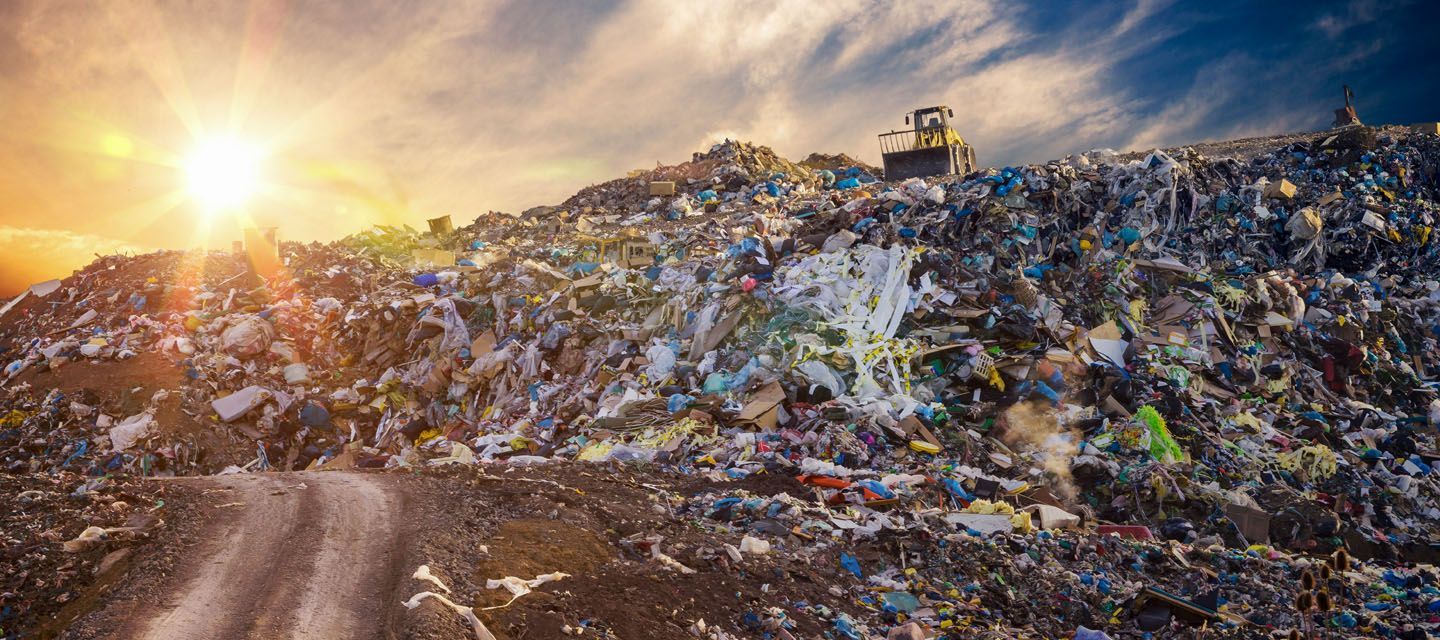Strategic Document Creation for Asbestos Management: Utilising External Expertise for Better Compliance
Beyond the financial implications, there are inherent challenges associated with in-house document creation

Introduction
In the intricate world of asbestos management, staying compliant with the Health and Safety Executive (HSE) regulations is not just mandatory; it's essential for maintaining the safety and integrity of operations. One pivotal aspect of this compliance is the creation and maintenance of up-to-date documentation that reflects current practices and regulatory requirements. Traditionally, this task has been assigned to in-house staff, but a growing trend is the shift towards outsourcing this responsibility to external experts. This article explores the comparative benefits and efficiencies of utilising external expertise for strategic document creation.
The Cost of In-House Document Creation
Creating and updating compliance documents in-house can be an expensive endeavour. Typically, the cost of having an internal team member dedicated solely to document creation ranges from £5,000 to £7,500. This financial outlay, however, only scratches the surface of the overall cost. When an employee is diverted from their usual role for 6 to 8 weeks to focus on document creation, the impact on daily operations can be significant.
The opportunity cost—the loss of what that employee could have accomplished in their primary role—adds an additional layer of expense that is often overlooked. Moreover, during this period, other team members may need to compensate for the diverted employee's absence, potentially leading to overtime costs or delays in other projects.
Challenges with In-House Document Creation
Beyond the financial implications, there are inherent challenges associated with in-house document creation. Employees tasked with this job might not always be up-to-date with the latest industry changes, which are critical to ensuring that documentation meets current regulatory standards. As a result, there's a real risk that these documents could become outdated before they are even finalised and approved.
Furthermore, in-house staff are often emotionally invested in the processes and practices they are documenting. This attachment can lead to resistance to changes or amendments that may be necessary for compliance or operational efficiency. Such emotional investment can make it challenging for internal documents to undergo the rigorous review and modification necessary to meet HSE standards and adapt to new regulations.
Advantages of External Expertise
Contrastingly, hiring external specialists to handle document creation presents numerous advantages, particularly in terms of cost and efficiency. External experts generally cost around half as much as the total expense incurred by using in-house staff. This cost-efficiency is enhanced by the inclusion of annual amendments and updates as part of ongoing consultancy agreements, ensuring documents remain relevant and compliant without additional charges.
External consultants bring a level of objectivity and professionalism detached from company politics and personal biases. They are solely focused on creating high-quality documents that meet compliance standards and operational needs without the emotional investment seen in internal staff. This objectivity is crucial for making the necessary adjustments to documentation without resistance.
Strategic Benefits of External Document Creation
Perhaps the most significant advantage of employing external document creators is their strategic insight into the asbestos management industry. The best external professionals often hold positions in trade association committees, giving them access to draft HSE guidance and regulatory changes before they become common knowledge. This access allows companies to prepare and adapt to upcoming changes proactively, staying ahead of HSE inspections and industry standards.
This proactive adaptation can dramatically streamline the license renewal process. With documents that are already aligned with the latest HSE expectations, companies can face the renewal process confidently, reducing the time and complexity involved in proving compliance. This not only saves time but also reduces the stress associated with last-minute scrambles to update documentation ahead of audits and inspections.
Case Study: Success with External Document Management
Consider the case of a licensed asbestos removal contractor who faced significant challenges following a series of poor HSE visits and a change in their senior leadership team. The previous approach to document management had left them with outdated and non-compliant practices that needed urgent rectification. By partnering with Consulo Compliance, they leveraged our external expertise to overhaul their documentation system while they focused on implementing the required changes and keeping their clients happy.
Consulo's team conducted a series of external audits, chaired quality meetings, and rewrote standard operating procedures and plans of work documents. This comprehensive approach not only brought the contractor's documents up to date but also aligned their operations with the best practices in the industry. As a result, when it came time to renew their HSE license, the process was smooth and uneventful. The new license was granted within two weeks of submission with no additional conditions—a testament to the effectiveness of utilising external expertise.
Conclusion
The strategic utilisation of external experts for document creation in asbestos management offers more than just cost savings; it provides a competitive edge in compliance and operational efficiency. By outsourcing this crucial task, companies can ensure that their documentation is not only compliant but also crafted to reflect the latest industry standards and insights.
If your company is looking to enhance its compliance strategies or streamline its operational processes, consider the strategic benefits of hiring an external quality manager for document creation. Contact Consulo Compliance today to discover how our expert services can help you maintain industry-leading standards and facilitate your business operations.









